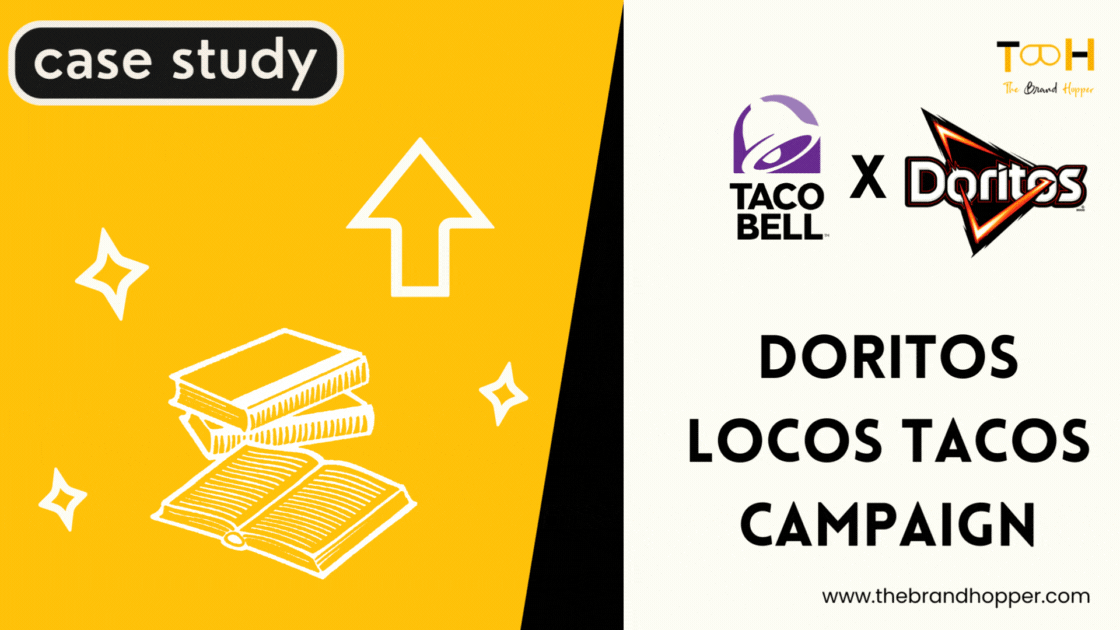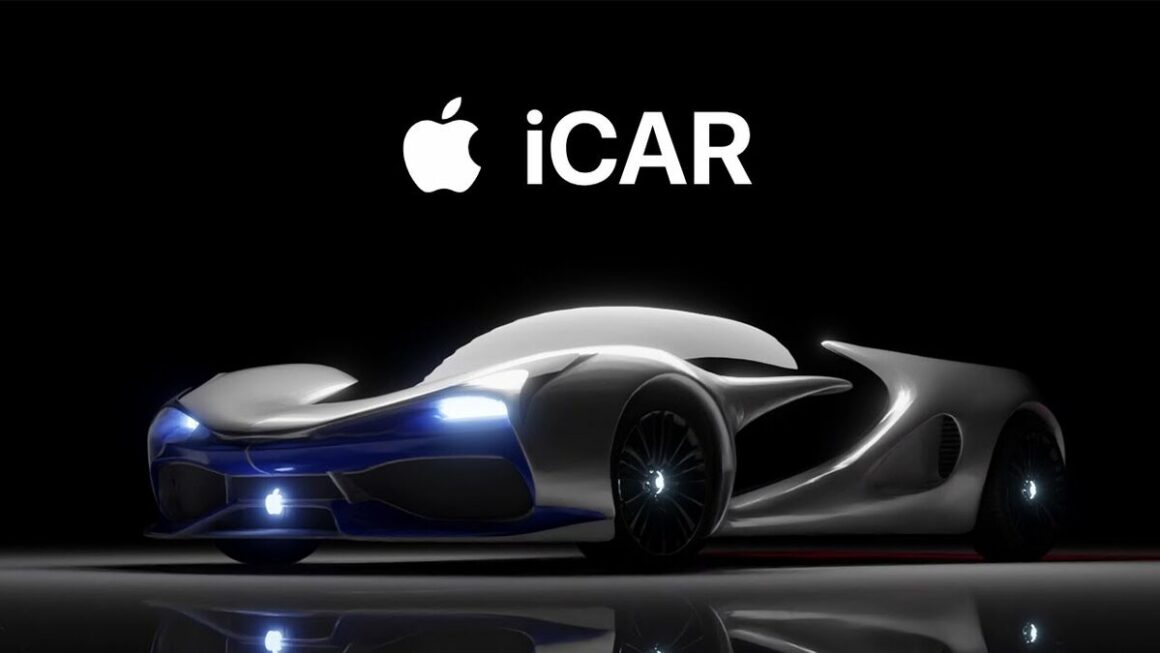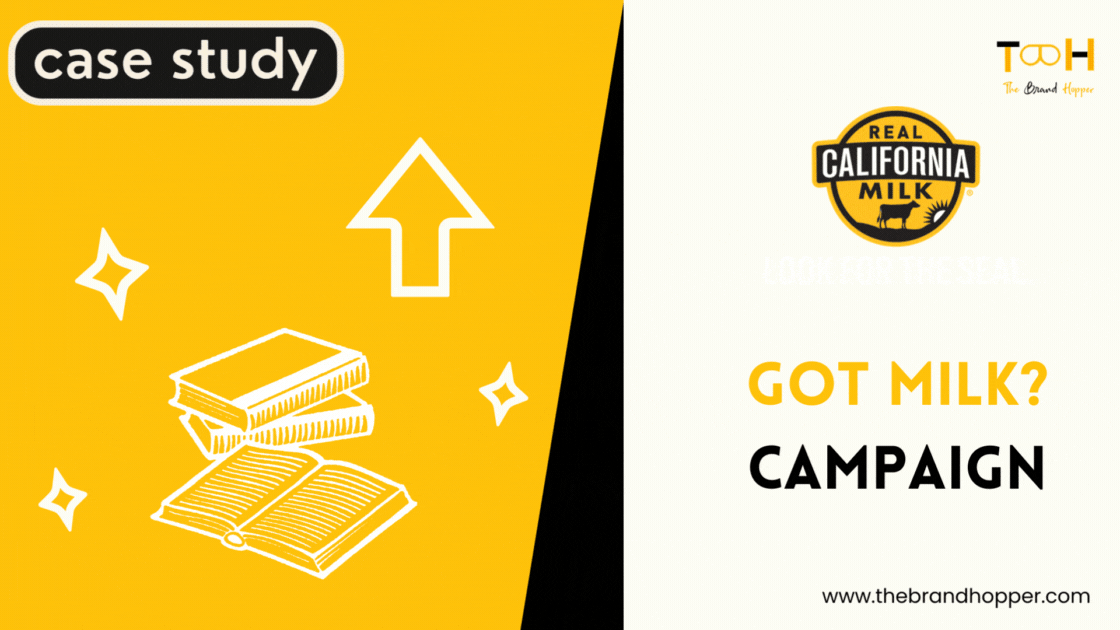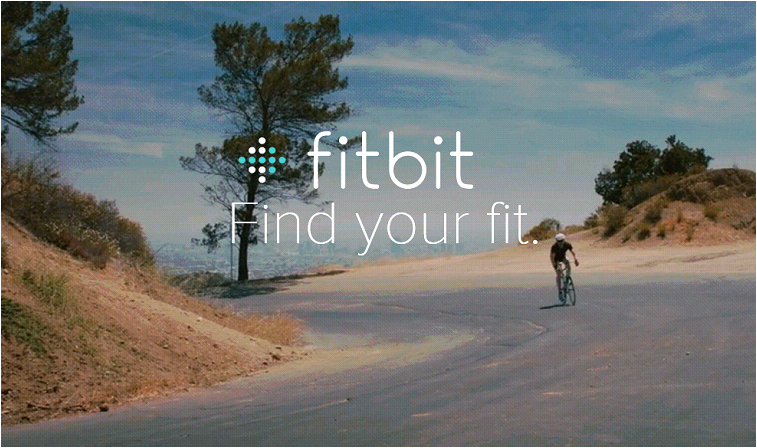This case study explores the highly successful co-branding campaign between Taco Bell and Doritos, resulting in the iconic Doritos Locos Tacos. Launched in 2012, this product quickly rose to become a fast-food phenomenon. The campaign’s strength lay in its ability to leverage the complementary brand identities of Taco Bell and Doritos, offering a unique and flavorful product that resonated with Taco Bell’s young adult and teenage target demographic. Further propelling its success was a strategic digital marketing push, including an engaging Instagram campaign that incentivized user participation and amplified brand reach. Ultimately, the Taco Bell and Doritos co-branding effort stands as a prime example of how this marketing strategy can be harnessed to create a new and enduring product that captures consumer attention.
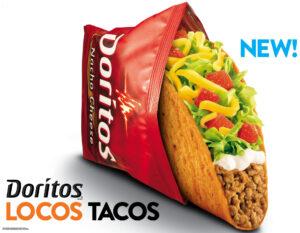
Overview of the Campaign
The Doritos Locos Tacos (DLT) co-branding campaign between Taco Bell and Doritos stands as a prime example of successful brand collaboration. Integrated into Taco Bell’s broader marketing refresh, which included a new slogan (“Live Más”) and menu expansion, the DLT campaign became a runaway hit. Taco Bell witnessed a significant rise in sales, with DLTs contributing nearly a quarter of their total sales and driving an overall 8% increase. The initial success was phenomenal, surpassing 100 million DLTs sold within the first 10 weeks, and the popularity has only grown, reaching over a billion DLTs sold to date.
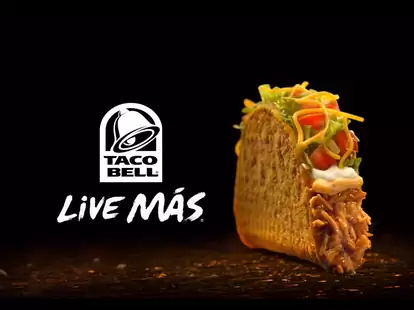
Taco Bell targeted its core audience of young adults and teenagers (aged 18-34) for the Doritos Locos Tacos campaign. This on-the-go demographic seeks exciting and convenient food options. The campaign capitalized on Taco Bell’s ability to cater to these preferences, while also aligning with the playful and adventurous spirit often associated with this age group. The intended message was clear: a new, craveable, and unique menu item awaited them at Taco Bell, leveraging the familiar and well-loved Doritos flavor in a surprising and delicious way. This campaign aimed to drive traffic to Taco Bell locations and generate excitement for the Doritos Locos Tacos.
Campaign Execution
Taco Bell and Doritos’ Doritos Locos Tacos (DLT) co-branding campaign achieved its massive success through a multi-channel marketing approach. Here’s a breakdown of the various channels and platforms they likely utilized:
Digital Marketing: This played a significant role, potentially encompassing:
-
- Social Media: Engaging campaigns on platforms like Facebook, Twitter, and Instagram (as mentioned) would have been key. User-generated content contests and promotions could incentivize user participation and spread brand awareness.
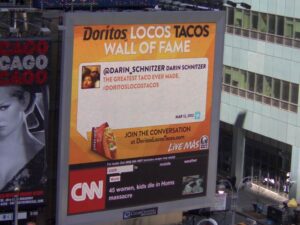
-
- Website & Mobile App: Highlighting the DLT prominently on their website and mobile app, along with online ordering options, would have driven sales directly.
- Targeted Online Ads: Strategic online advertisements displayed across various websites frequented by their target audience (young adults, teenagers) could have significantly boosted reach.
Television Commercials: Eye-catching and humorous commercials showcasing the DLT would have been a likely strategy to capture attention and generate excitement.
In-Store Marketing: Eye-catching visuals and promotional materials promoting the DLT within Taco Bell locations would have been crucial. This could include posters, menu board placements, and staff recommendations.
By combining these various channels and platforms, Taco Bell and Doritos effectively reached their target audience, created a sense of excitement, and ultimately drove significant sales success for the Doritos Locos Tacos.
Analysis of the Campaign
The Taco Bell and Doritos co-branding campaign for the Doritos Locos Tacos (DLT) stands as a shining example of successful brand collaboration. Launched in March 2012, the campaign achieved phenomenal results, exceeding expectations and leaving a lasting impact. Here’s a breakdown of the key factors contributing to its triumph:
1. Product Innovation & Audience Appeal:
The DLT offered a unique and playful twist on a classic Taco Bell menu item. The Doritos shell, a novel concept, resonated with the target audience (young adults, teenagers) who crave exciting and bold flavors.
The familiar Doritos brand provided a sense of comfort and trust, while the taco filling ensured a satisfying and familiar eating experience.
2. Multi-Channel Marketing Blitz:
The campaign wasn’t confined to a single platform. Taco Bell and Doritos effectively utilized a multi-channel approach, encompassing television, radio, social media, and in-store promotions.
This ensured maximum reach and visibility, reaching the target audience across various touchpoints in their daily lives. Engaging social media campaigns, likely including user-generated content elements, further amplified brand awareness and fostered a sense of community.
3. Memorable Creative Execution:
The television commercials played a significant role. Humor and catchy visuals likely captured attention and made the DLT memorable.
Eye-catching visuals and promotional materials within Taco Bell stores would have further enticed customers to try the new menu item.
4. Strategic Timing:
Launching the campaign in spring was a clever move. This period often sees consumers seeking new food options after the winter months. The DLT capitalized on this seasonal shift in preferences, maximizing its potential for success.
Impact & Legacy
The results speak for themselves. Selling over 100 million DLTs within ten weeks is a testament to the campaign’s effectiveness. It became Taco Bell’s most popular product launch ever with the sales racing to $1 billion.
The campaign also positively impacted brand perception, with BrandIndex scores rising significantly.
The DLT transcended a mere menu item – it became a cultural phenomenon. Consumers readily engaged with the product, creating a shared narrative that extended beyond traditional marketing messages.
Overall, the Doritos Locos Tacos co-branding campaign serves as a textbook example of successful co-branding. It highlights the importance of innovative product development, strategic marketing execution, and a clear understanding of the target audience. The campaign’s legacy continues to inspire, demonstrating the power of collaboration in creating a win-win situation for both participating brands.
Challenges and Lessons Learned
While the Doritos Locos Tacos (DLT) campaign achieved remarkable success, it wasn’t without its hurdles. Here’s a closer look at the challenges encountered and the valuable lessons learned:
Challenges:
Balancing Flavor Profiles: Some testers found the Doritos shell and Taco Bell’s seasoning to clash, resulting in an unpleasant flavor combination. This highlights the importance of meticulous taste testing and refinement during product development to ensure a harmonious marriage of flavors.
Meeting Flavor Expectations: One reviewer noted a muted Doritos flavor due to a less concentrated dust coating on the shell. This underscores the need for precise execution to deliver the taste experience promised by the campaign. Consistency in flavor delivery across all menu items is crucial for customer satisfaction.
Lessons Learned:
Power of Brand Synergy: Despite initial taste concerns from some, the complementary nature of Taco Bell and Doritos proved powerful. The campaign attracted new customers to both brands, demonstrating the potential of co-branding to create a win-win situation and expand customer bases.
Importance of Iteration and Refinement: The campaign’s success underscores the value of ongoing product development. Addressing initial taste feedback through recipe adjustments could have further enhanced the DLT’s appeal.
Data-Driven Decision Making: While taste testing is crucial, the campaign’s overall success suggests that Taco Bell effectively balanced tester feedback with broader market research. This highlights the importance of using data and customer insights to guide product development and marketing strategies.
Overall, the Doritos Locos Tacos campaign serves as a valuable case study. It demonstrates the potential rewards of co-branding while also highlighting the importance of addressing taste challenges and incorporating customer feedback throughout the process. By learning from both the successes and challenges, brands can create even more impactful and enduring marketing campaigns.
Also Read: A Case Study on “P&G: Thank You, Mom” Brand Campaign
To read more content like this, subscribe to our newsletter
